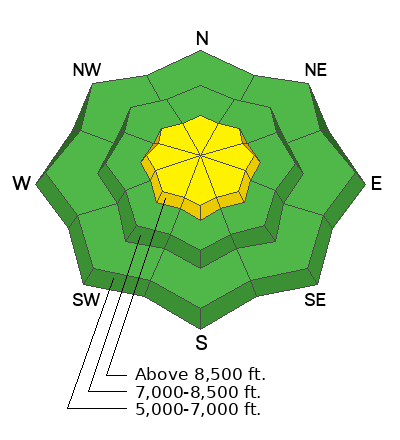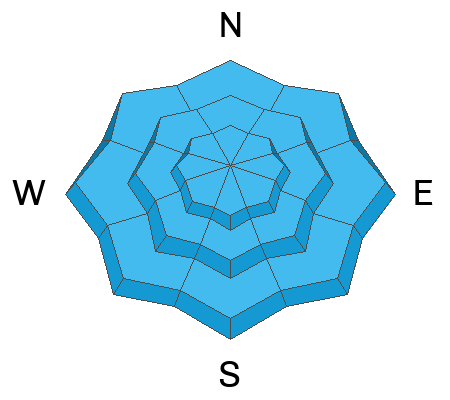Forecast for the Logan Area Mountains

Issued by Toby Weed on
Sunday morning, January 22, 2023
Sunday morning, January 22, 2023
The avalanche danger is LOW this morning, and avalanches are generally unlikely in the backcountry. Drifting of today's few inches of new snow by strengthening northerly winds, veering from the east in the afternoon, will probably elevate the danger to MODERATE in exposed upper elevation terrain. People could trigger small avalanches of wind drifted snow.
Keep an eye on your partners, travel one at a time in avalanche terrain, and have a plan if an avalanche were to happen.

Low
Moderate
Considerable
High
Extreme
Learn how to read the forecast here








